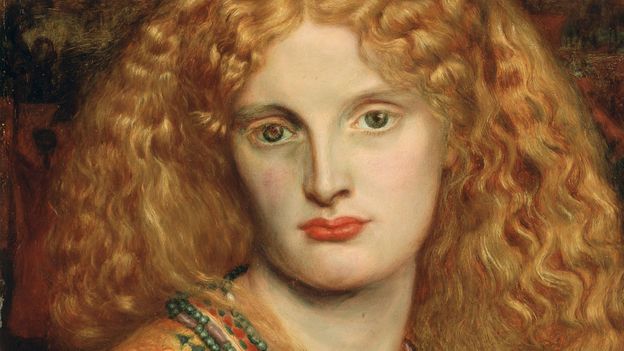
In John William Waterhouse’s Circe (1892), there is no question that her power is linked to her seductive nature, while John Collier’s highly eroticised depiction of Lilith (1889), which sees her revelling in the snake that coils around her naked body, couldn’t be further from Rossetti’s portrayal.
Artists as diverse as Gustav Moreau, Gustav Klimt and Edvard Munch all portrayed the femme fatale, and there was rarely any room for ambiguity – these women were dangerous temptresses.
Although most artists relied on biblical or mythical imagery, The Impressionists, as one would expect given their focus on everyday life, transported the femme fatale to the present day.
Modern-day femmes fatales
Édouard Manet’s Nana (1877), which depicts a high-class prostitute in a state of undress with her next client seated on a sofa behind her, is widely thought to have been inspired by Zola’s character of the same name. Nana, who made her first appearance in L’Assommoir before becoming the subject of her own eponymous novel in 1880, destroys every man who desires her before dying her own horrible death of smallpox. The painting was refused entry to the Paris Salon, perhaps because the contemporary setting was a little too close to the bone.
Max Lieberman took an equally contemporary approach in his Samson and Delilah (1902), turning the biblical story into a modern-day battle of the sexes. Delilah, triumphantly holding her lover’s shorn hair above her head with one hand, while crushing him into the bed with the other, is the embodiment of the powerful, sexually confident woman that so unnerved the men of the era.
The femme fatale was also a favourite subject for sculptors. Some particularly striking examples can be seen in The Colour of Anxiety: Race, Sexuality and Disorder at the Henry Moore Institute in Leeds, which explores the intriguing premise that the increasing use of colour in 19th-Century sculpture was a means of highlighting Victorian anxieties.